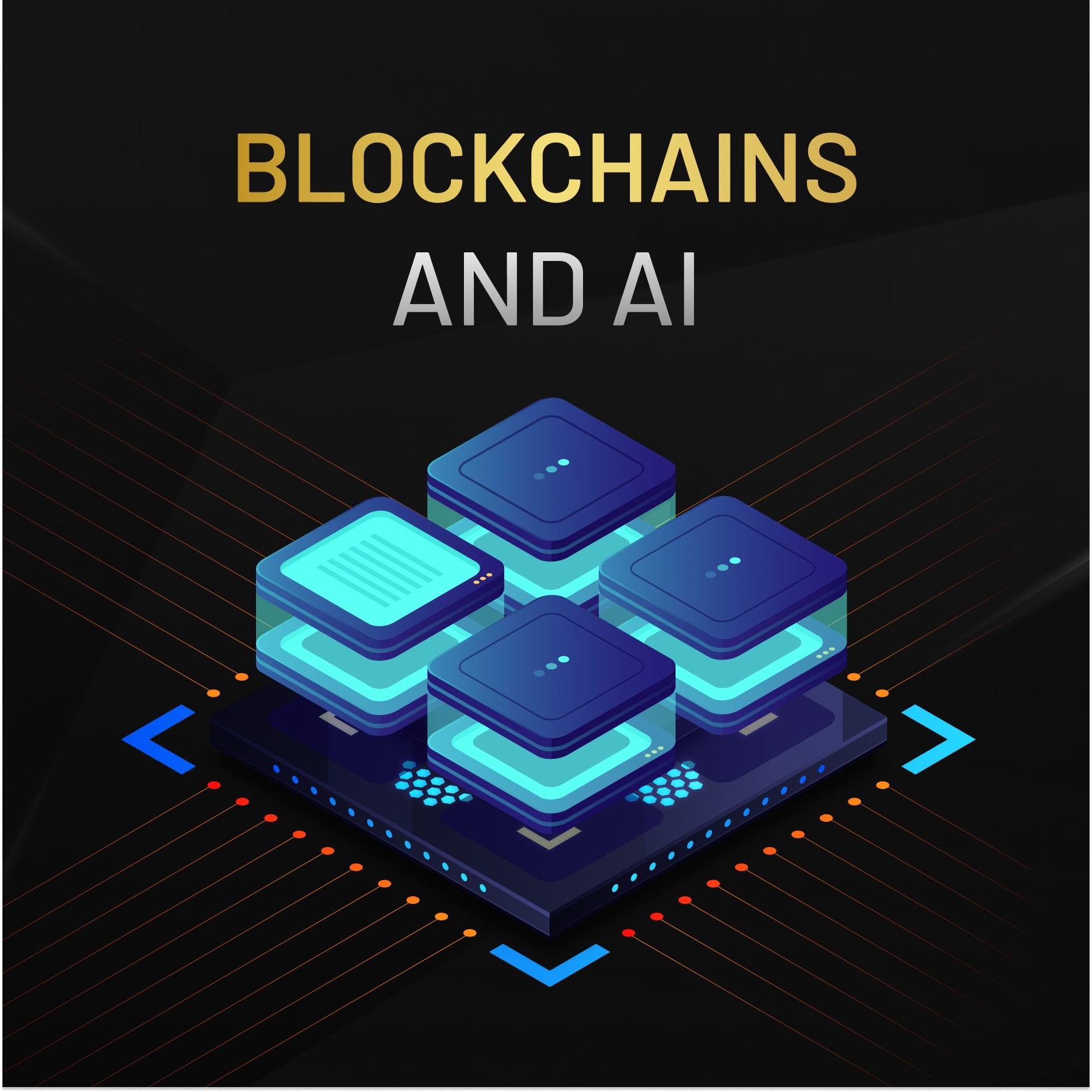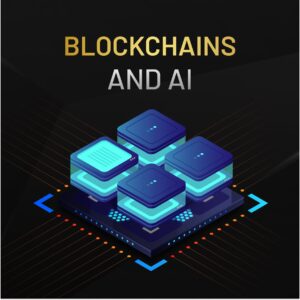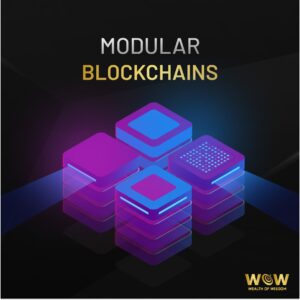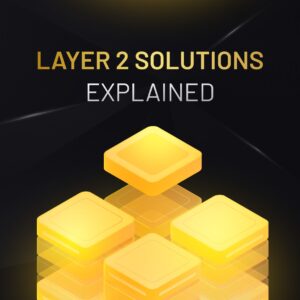Blockchain and artificial intelligence (AI) are two of the most promising technologies today. Independently, they’re transforming industries across the board—but together, they hold the potential to reshape the digital landscape in ways that could impact everyday lives on a large scale. This article explores how the integration of blockchain and AI is evolving, its potential benefits, the challenges it presents, and what this could mean for individuals in the years to come.
How Blockchain and AI Complement Each Other
At their core, blockchain and AI solve different problems: blockchain ensures secure, transparent data storage, while AI brings intelligence to decision-making processes through advanced algorithms. When combined, AI enhances blockchain’s capacity for managing and analysing data, and blockchain provides a tamper-proof environment for the data that AI depends on.
For example, blockchain secures the data, ensuring it cannot be altered without consensus from the entire network. AI, in turn, uses this data to build predictive models, detect anomalies, and optimise processes without the risk of corrupted or tampered information. Together, these technologies create more trustworthy and efficient systems.
The Real-World Benefits of Blockchain and AI
The integration of blockchain and AI has the potential to revolutionise many sectors. Here are some key areas where this combination is already making waves:
- Healthcare: Blockchain can securely store patient data, ensuring privacy and security, while AI analyses that data to provide better diagnostics and personalised treatments. For example, medical records stored on a blockchain can be securely accessed by AI systems that generate patient-specific insights, enhancing care while maintaining confidentiality.
- Finance: AI is already being used to detect fraud and make better financial predictions. Blockchain adds a layer of security and transparency, ensuring that the data AI uses to make these predictions is accurate and tamper-proof. The combination of AI and blockchain in financial systems could also speed up processes like cross-border payments, reducing costs and making finance more accessible, especially in regions with less access to traditional banking systems.
- Supply Chain: Blockchain provides transparency and traceability within supply chains, allowing companies and consumers to verify the authenticity and origin of products. AI can further optimise these supply chains by analysing data to predict trends, prevent delays, and reduce costs. For example, AI algorithms can identify inefficiencies in real-time, while blockchain ensures that all data about the supply chain’s operations is immutable.
- Smart Contracts and Automation: Smart contracts on the blockchain are automated agreements that execute when predefined conditions are met. When AI is integrated with smart contracts, it can enhance contract execution by analysing real-time data to trigger specific events. For instance, an insurance claim could be automatically approved if AI verifies all conditions in a contract have been met, streamlining processes and eliminating the need for human intermediaries.
Potential Challenges of Blockchain and AI Integration
While the benefits of blockchain and AI are compelling, integrating the two technologies comes with challenges:
- Bias in AI Algorithms: AI relies on the data it is fed. If the data is biased, the decisions made by AI will also be biased. Blockchain can help by providing a transparent, verifiable data source, but the challenge lies in ensuring that the data collected and stored on the blockchain is representative and fair.
- Complexity of Integration: Combining two advanced technologies like blockchain and AI is no easy feat. Organisations may struggle with the technical complexity and cost of integrating these systems into their existing infrastructure. Overcoming these challenges requires expertise in both fields, as well as careful planning and execution.
- Regulatory and Ethical Concerns: Blockchain’s decentralised nature and AI’s ability to make autonomous decisions raise regulatory and ethical concerns. Governments and regulatory bodies are still grappling with how to oversee these technologies, particularly in areas like data privacy and security. Ensuring compliance while driving innovation is a fine line to walk, and it will require cooperation between developers, regulators, and lawmakers.
What Does This Mean for the Future?
As blockchain and AI continue to evolve, their combined power could have a profound impact on how industries operate and how everyday people interact with technology. Here’s what this could mean for individuals:
- Increased Privacy and Security: Blockchain’s immutability and transparency, combined with AI’s ability to detect anomalies and predict trends, can enhance security across multiple domains—from financial transactions to personal data management. For individuals, this means more control over their data, with reduced risks of breaches and fraud.
- Improved Access to Services: As blockchain and AI remove barriers in industries like finance and healthcare, they make these services more accessible to people who have traditionally been underserved. For example, decentralised finance (DeFi) solutions powered by blockchain and AI could allow individuals in regions with limited access to banking services to participate in the global economy.
- Automation and Efficiency: From smart contracts to supply chains, the integration of blockchain and AI will likely lead to increased automation in many areas of life. This will streamline processes, reduce costs, and allow people to focus on more strategic or creative work. However, it will also necessitate new skills as AI and blockchain transform job markets.
Blockchain and AI are revolutionizing industries by enhancing security, efficiency, and transparency. Could this be the butterfly effect that leads to a brand new way of how we treat technology? As we ponder the future, we see endless possibilities—from reshaping privacy to unlocking new, revolutionary milestones in tech. How will these innovations impact the way we interact with the world? Share your thoughts in our community channel.








